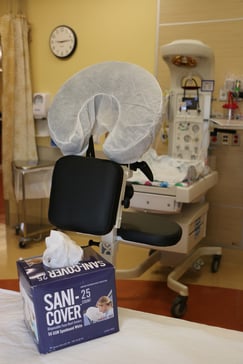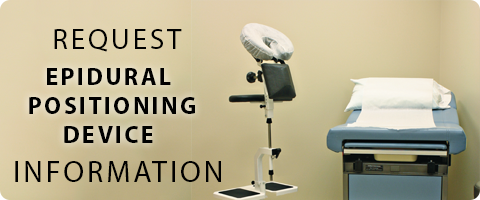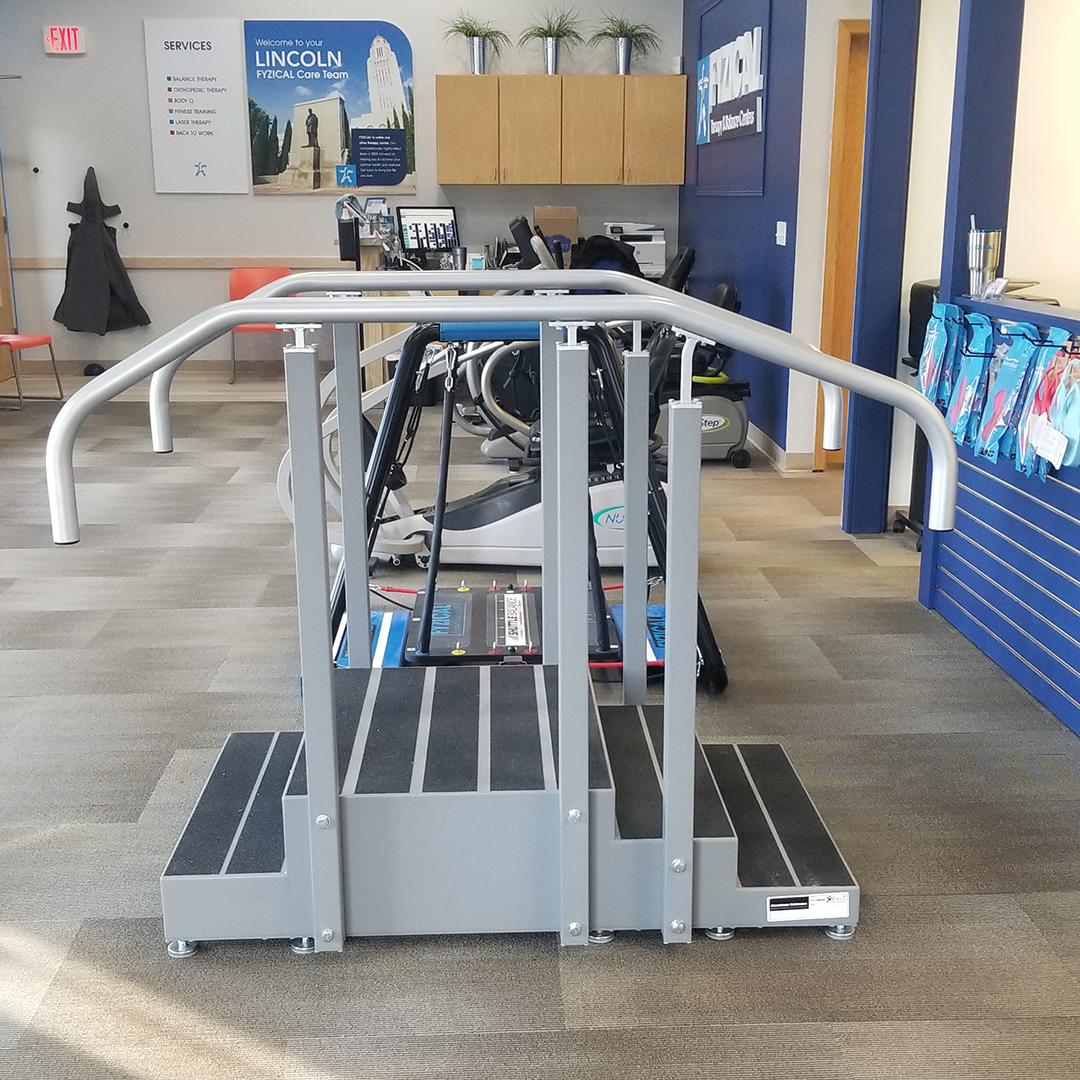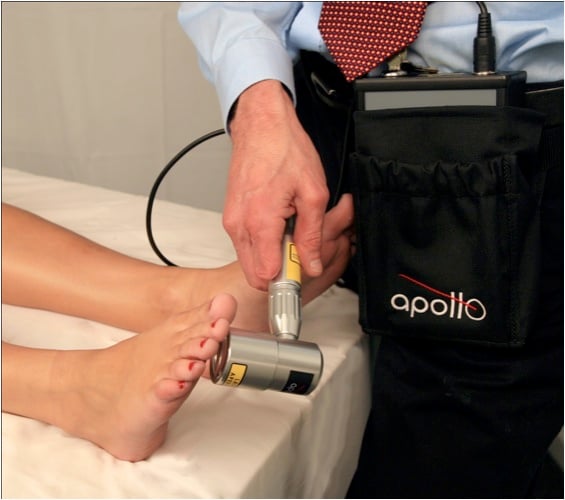The Epidural Positioning Device helps make patients more comfortable during the birthing experience, and these types of family-centered tools and processes are increasingly in demand. For example, Dr. Mallika Marshall explains how Brigham and Women’s Hospital in Boston recently changed its processes to develop a “gentle” cesarean section that’s creating beautiful memories for new parents.
Anyone who has had a C-section knows it’s not a pleasant experience. It’s major surgery and often wrought with anxiety and fear. Now one local hospital is trying to make it as pleasant for mothers-to-be as possible, something they’re calling a “Gentle C”.
 Leilani Pascale just delivered her third baby, but instead of having a traditional C-section as she did for her first two, she opted for a “gentle” cesarean section offered at Brigham and Women’s Hospital.
Leilani Pascale just delivered her third baby, but instead of having a traditional C-section as she did for her first two, she opted for a “gentle” cesarean section offered at Brigham and Women’s Hospital.
“It’s something that I will carry with me forever,” she says. “Now that I was able to see him be born.”
Dr. Bill Camann, the Chief of Obstetrical Anesthesiology at the Brigham, has recently made some changes at the hospital to make C-sections more family-centered.
“We recognize that this is still a surgical operation,” he says. “But there are some modifications of a traditional cesarean that we can do to make this better for the patient.”
For one, Dr. Camann has begun offering patients a clear surgical drape in the operating room, so that moms can see their babies emerge at the time of delivery.
Leilani says that was one of her favorite modifications. “He was put up there right by me and I could talk and touch him through the drape and then I did actually get to touch his little head, before they took him away,” recalls Leilani.
Also unusual, mom’s chest is kept free of monitoring devices so that within minutes, the baby can be placed on mom for skin-to-skin contact.
Kathy Trainor, a labor nurse and lactation consultant at the Brigham says, “I always say you wouldn’t separate a kitten from its mother. So the natural process for the newborn is to come up and be on the mother. Now we’re able to do that within the first five minutes.” In some cases, babies even begin breastfeeding in the operating room.
Leilani remembers the skin-to-skin contact vividly.
“So I was able to look at him and see his face and talk to him about things and touch his head and touch his skin and I mean that was really wonderful,” she says.
Moms are also encouraged to listen to music in the OR, and since the patients are awake, surgeons try to keep noise to a minimum to create a more soothing environment. But all of these things are optional, so if a patient doesn’t want something in particular, she doesn’t have to have it.
For Leilani, who had real fears about having another C-section, this experience was one she’ll never forget, in a good way. “I didn’t feel the anxiety as much,” she says. “I felt like it would be something that I would be able to enjoy or at least have it as a really wonderful memory.”
Dr. Camann loves being able to give families these new options.
“I still get emotional over these things,” he says. “It’s such a wonderful thing to be able to provide this kind of option. I see the joy on the patient’s face and their partners. It doesn’t get old. It’s childbirth and it doesn’t get old.”




